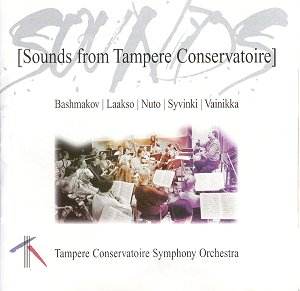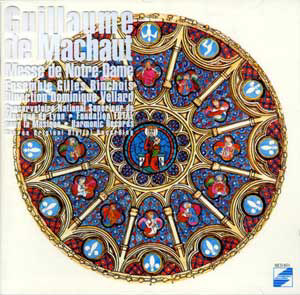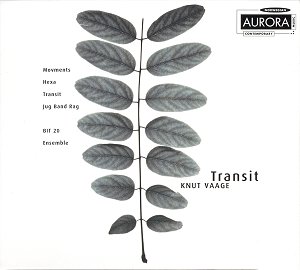 Composer: Ludwig van Beethoven
Composer: Ludwig van Beethoven
Works: Sonata No.30 in E major, Op.109; Sonata No.31 in A flat major, Op.110; Sonata No.32 in C minor, Op.111
Performers: Freddy Kempff (piano)
Recording: March 2000 at Nybrokajen 11, Stockholm
Label: BIS
The late piano sonatas of Ludwig van Beethoven occupy a hallowed space in the classical canon, representing not only the culmination of his compositional evolution but also a profound inquiry into the human experience. Freddy Kempff’s recording of these works, released by BIS, presents a young pianist’s interpretation that is both technically accomplished and expressively nuanced. The three sonatas included here—Op.109, Op.110, and Op.111—invite a performance that balances the clarity of Beethoven’s intricate structures with the emotional depth of his late style.
Kempff’s interpretation of Sonata No.30 in E major, Op.109, is particularly striking for its rhythmic clarity. The first movement reveals a careful delineation of accents, showcasing Kempff’s understanding of the sonata’s complex counterpoint. His distinction between rhythmic values is not merely mechanical but rather illuminates the underlying drama of the music. The adagio, often a challenge for interpreters due to its expansive emotional landscape, finds in Kempff’s hands a sense of grandeur that captures the listener’s attention. Here, the use of the una corda produces an ethereal quality, exemplified in the delicate passage at bar 83, where the notes seem to float, creating a moment of serene introspection.
In Op.110, Kempff’s approach shifts towards a more subdued expressiveness. The opening movement benefits from his minimal use of rubato, lending a sense of inevitability to the phrasing. The textures emerge with a lightness that belies the movement’s complexity. Kempff’s touch is well-controlled; his pedaling technique allows for staccato passages to breathe, an impressive feat that enhances the clarity of Beethoven’s intricate textures. A notable moment occurs at bar 21, where a single note speaks with a poignant delicacy, reinforcing the emotional weight of the movement.
The challenges of Sonata No.32 in C minor, Op.111, are manifold, and while Kempff possesses the technical prowess to navigate its demands, there are moments where his interpretation could benefit from a more profound exploration of its structural intentions. The opening Maestoso showcases Kempff’s ability to sustain tension through sharply focused rhythm, yet the Arietta section sometimes finds his tone overly assertive, straying from Beethoven’s intended muffle. Nonetheless, Kempff’s pacing in the allegro con brio is commendable; he strikes an effective balance between speed and clarity, resulting in a compelling fusion that breathes life into the polyphony.
The recording quality of this BIS release is commendable, capturing the full spectrum of Kempff’s tonal palette with clarity and depth. The engineering allows for a transparency that highlights the nuances of his playing while preserving the richness of the piano sound. Comparatively, while there are many distinguished recordings of these sonatas, Kempff’s youthful vigor and interpretative choices provide a fresh perspective that merits attention. His artistry offers a fascinating glimpse into a developing musician’s relationship with some of the most profound works in the piano repertoire.
Freddy Kempff’s recording of Beethoven’s late sonatas demonstrates a remarkable command of the keyboard, marked by moments of sublime beauty and technical assurance. Each sonata reveals a thoughtful engagement with the music, though there are instances where deeper interpretative insights could enhance the overall impact. The disc stands as a testament to Kempff’s evolving artistry, inviting listeners to appreciate not only the music of Beethoven but also the journey of a pianist still in the process of discovery.



